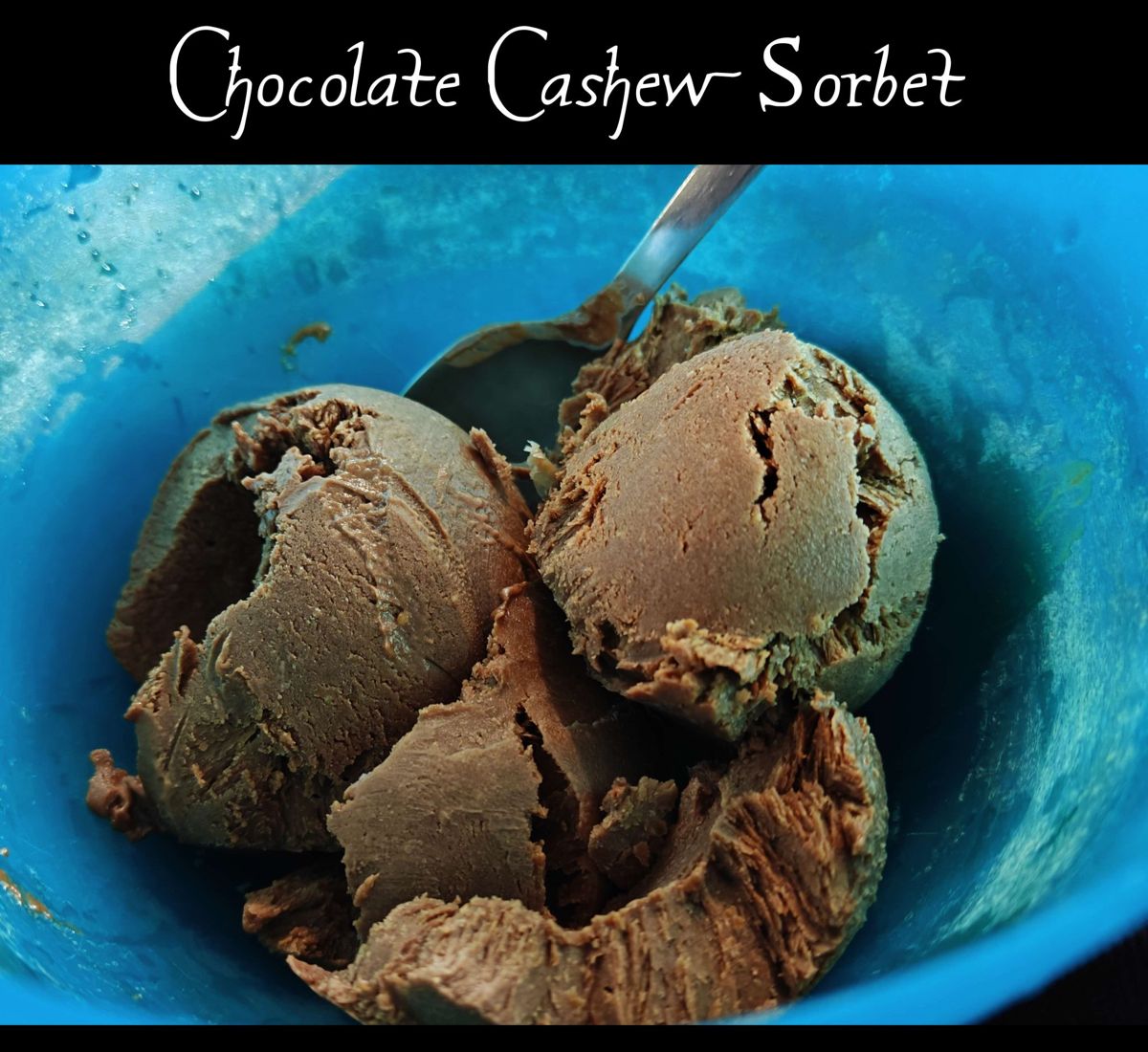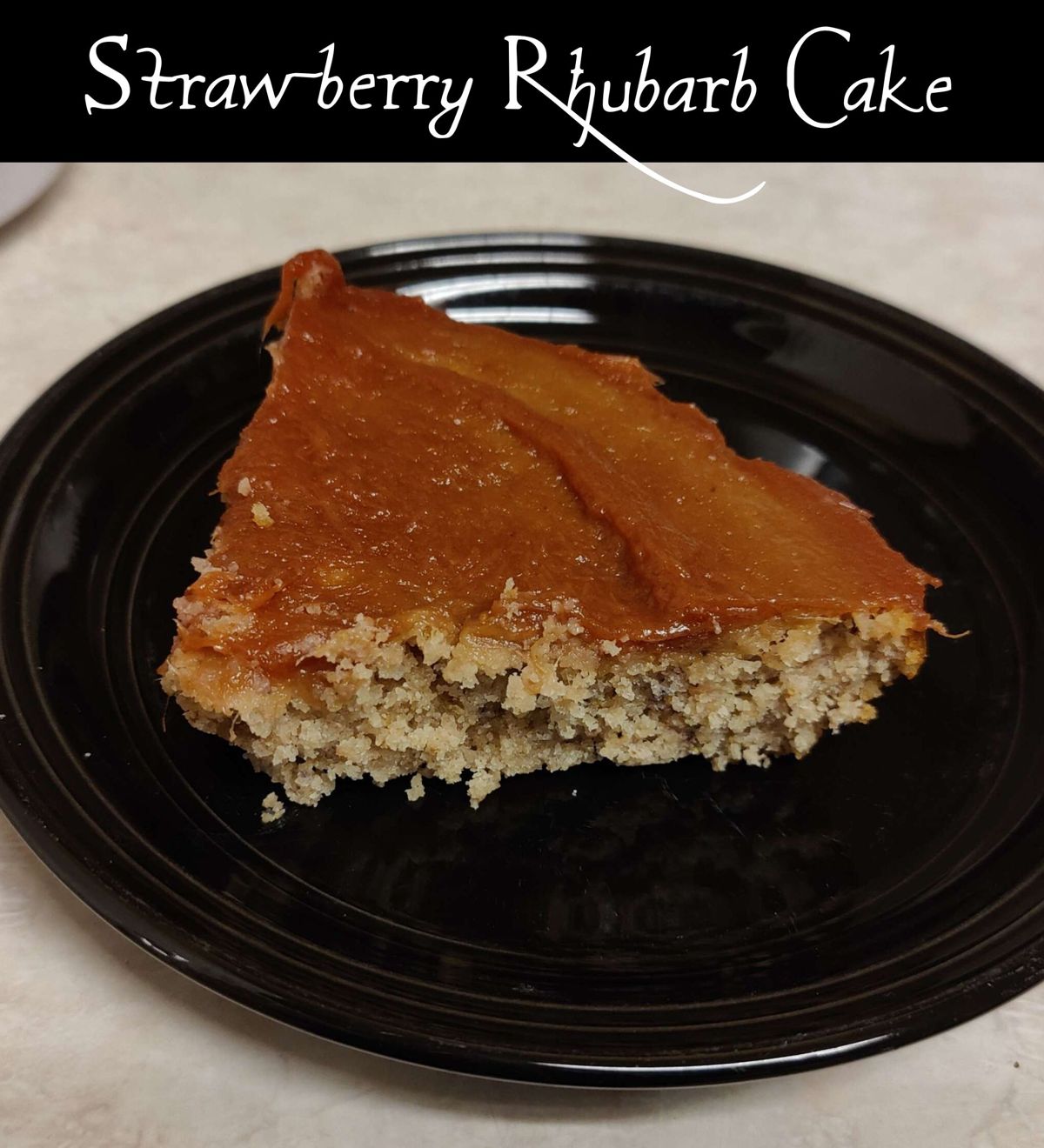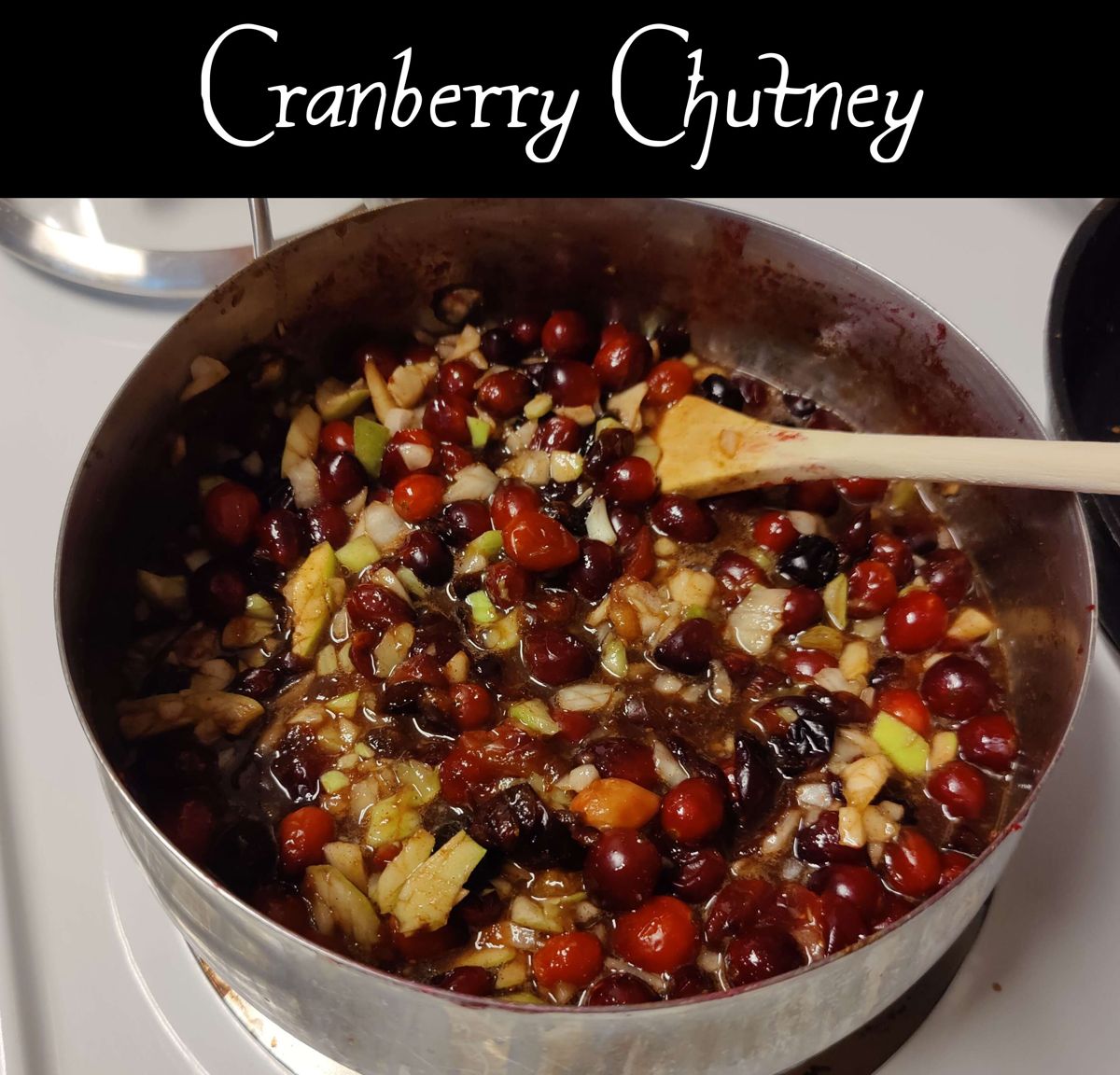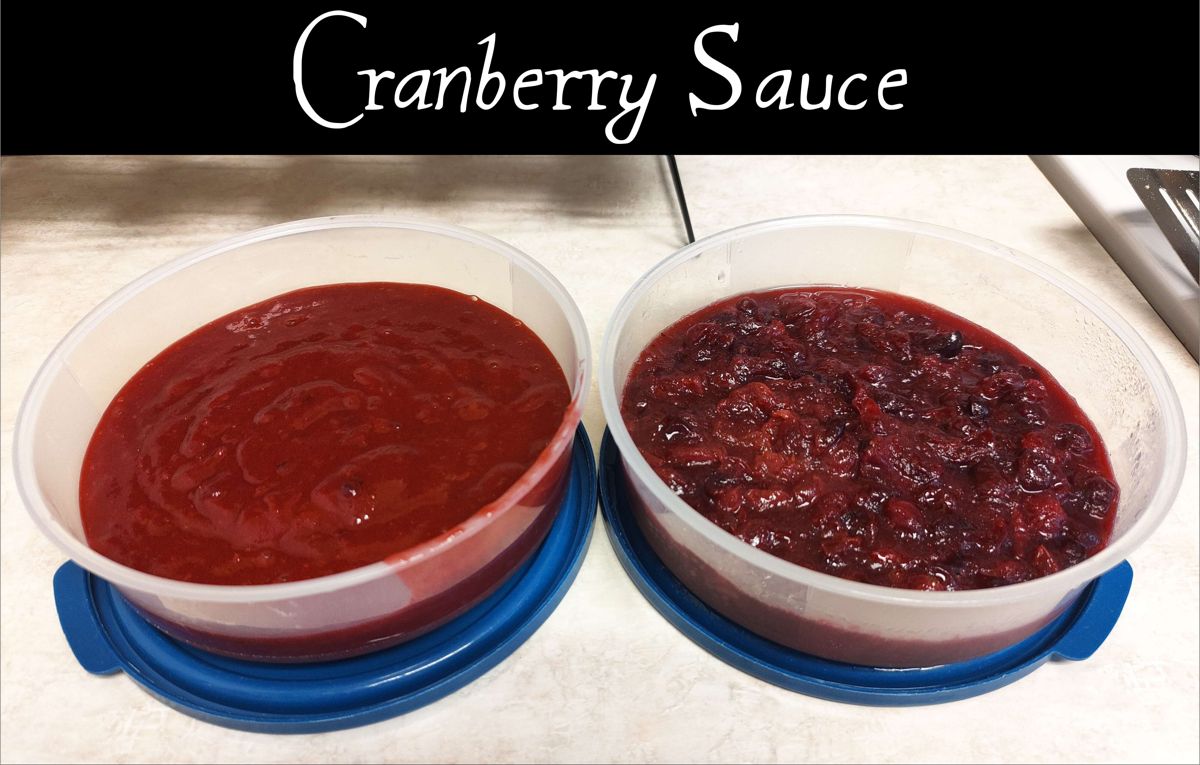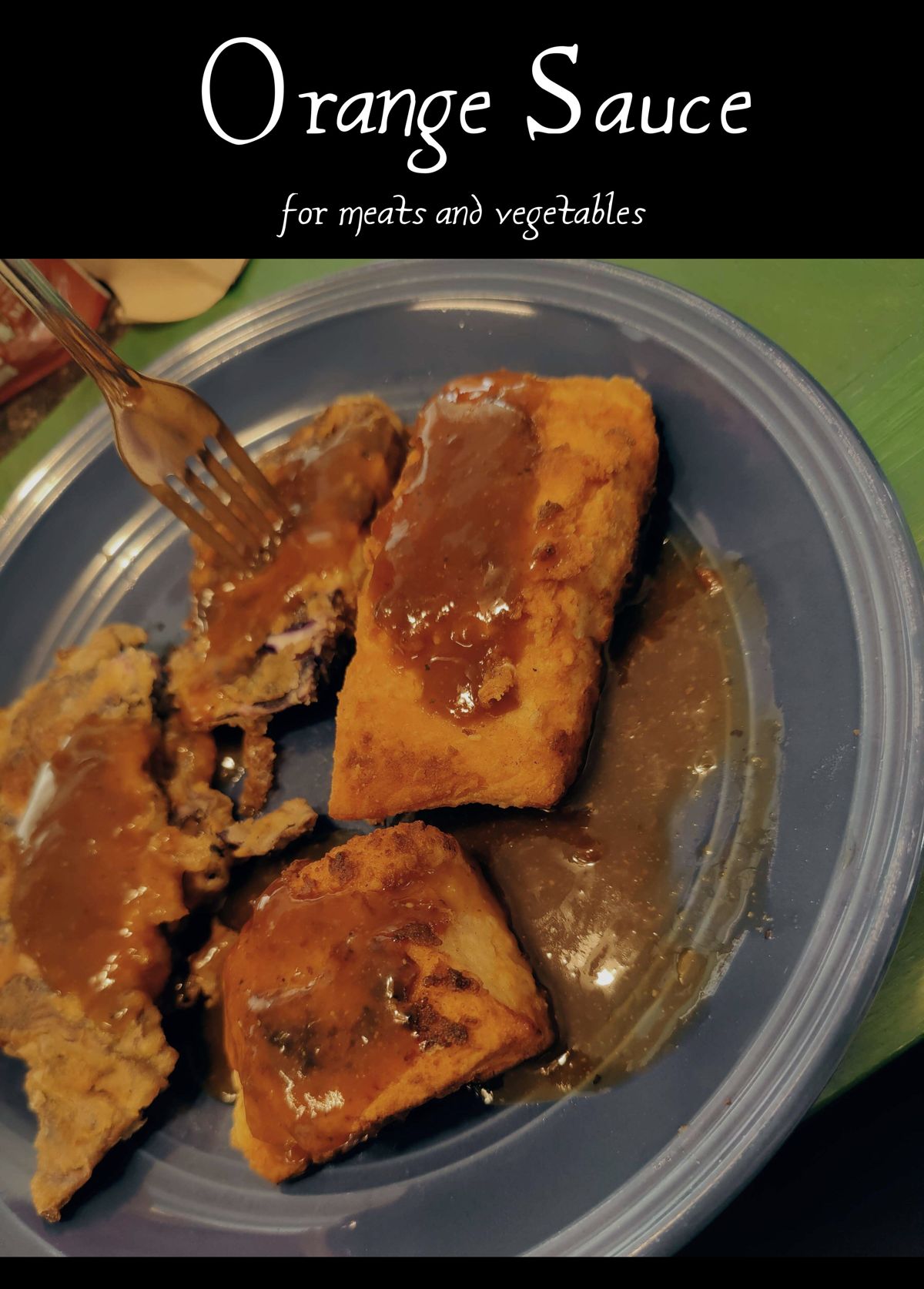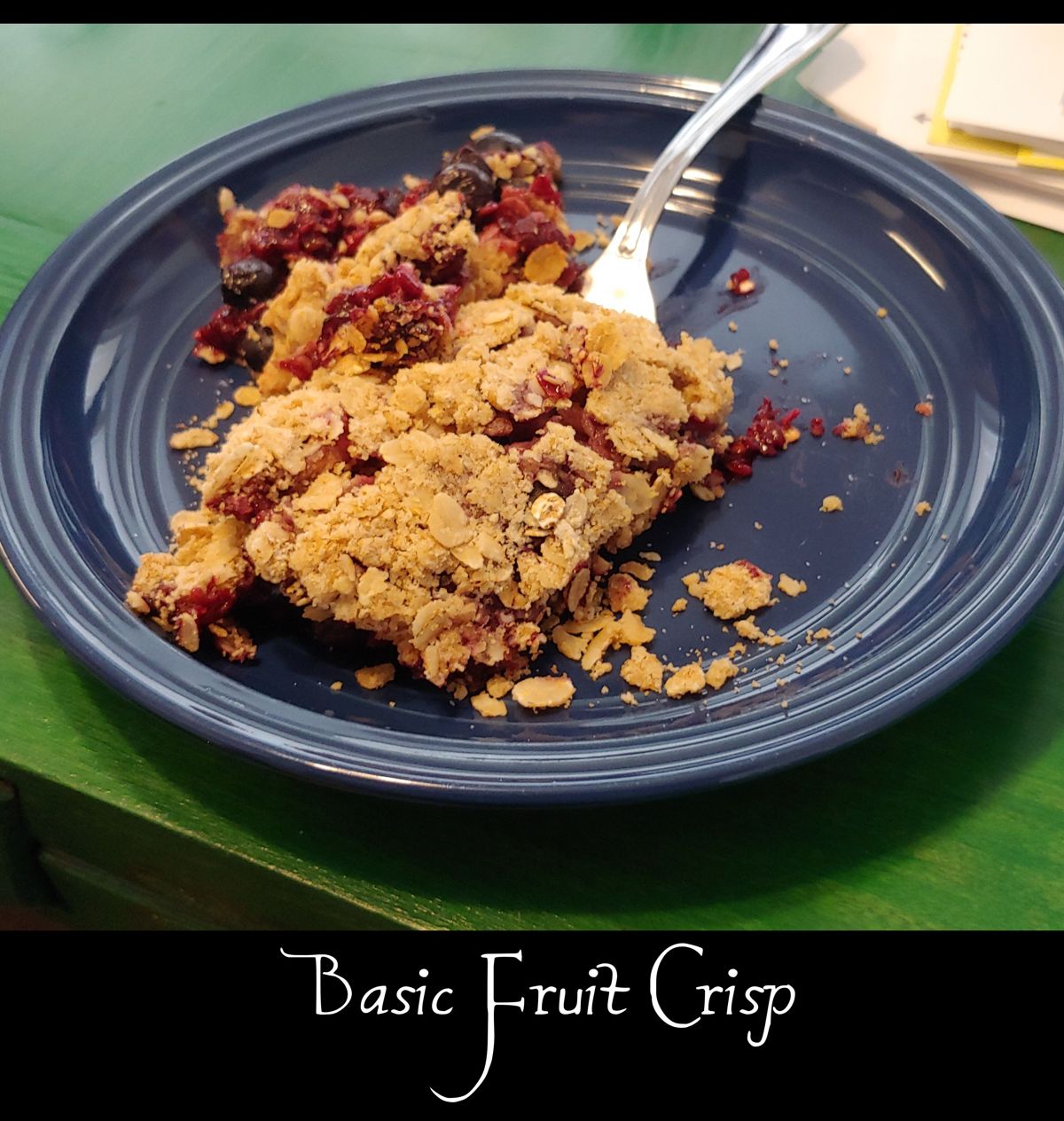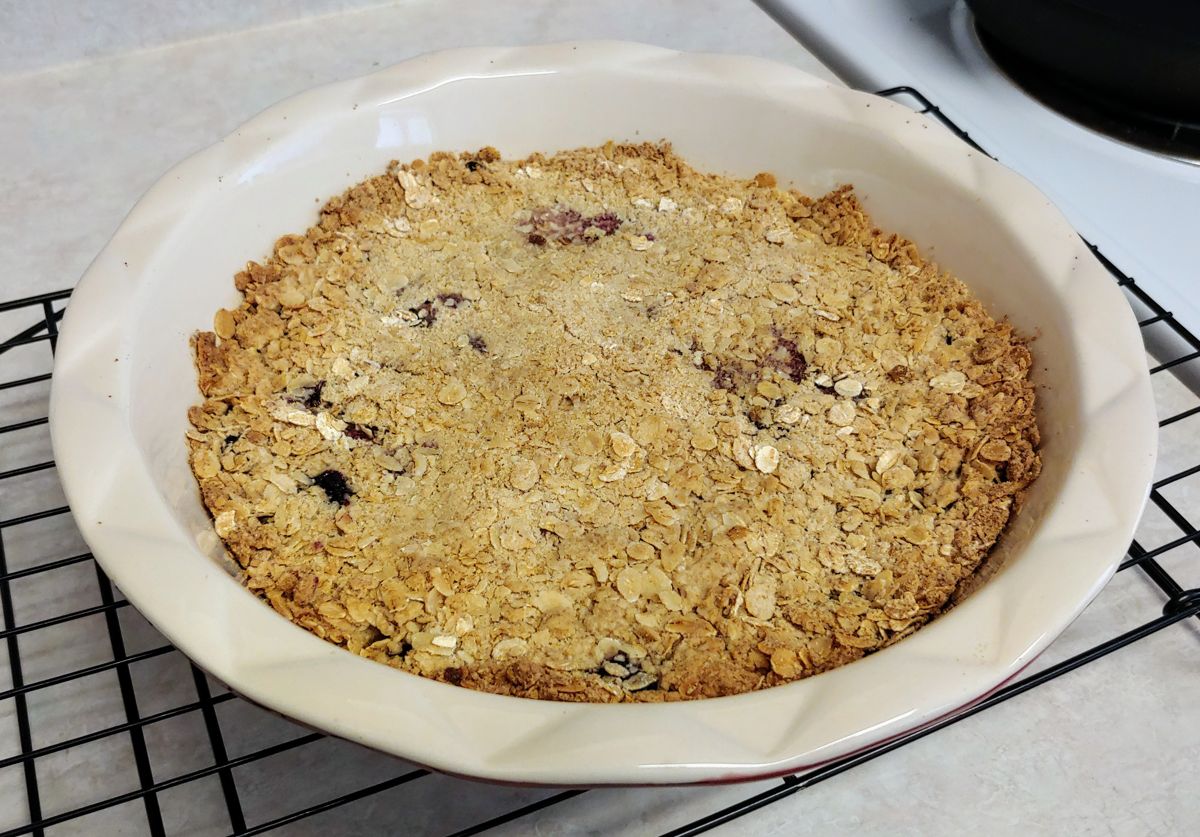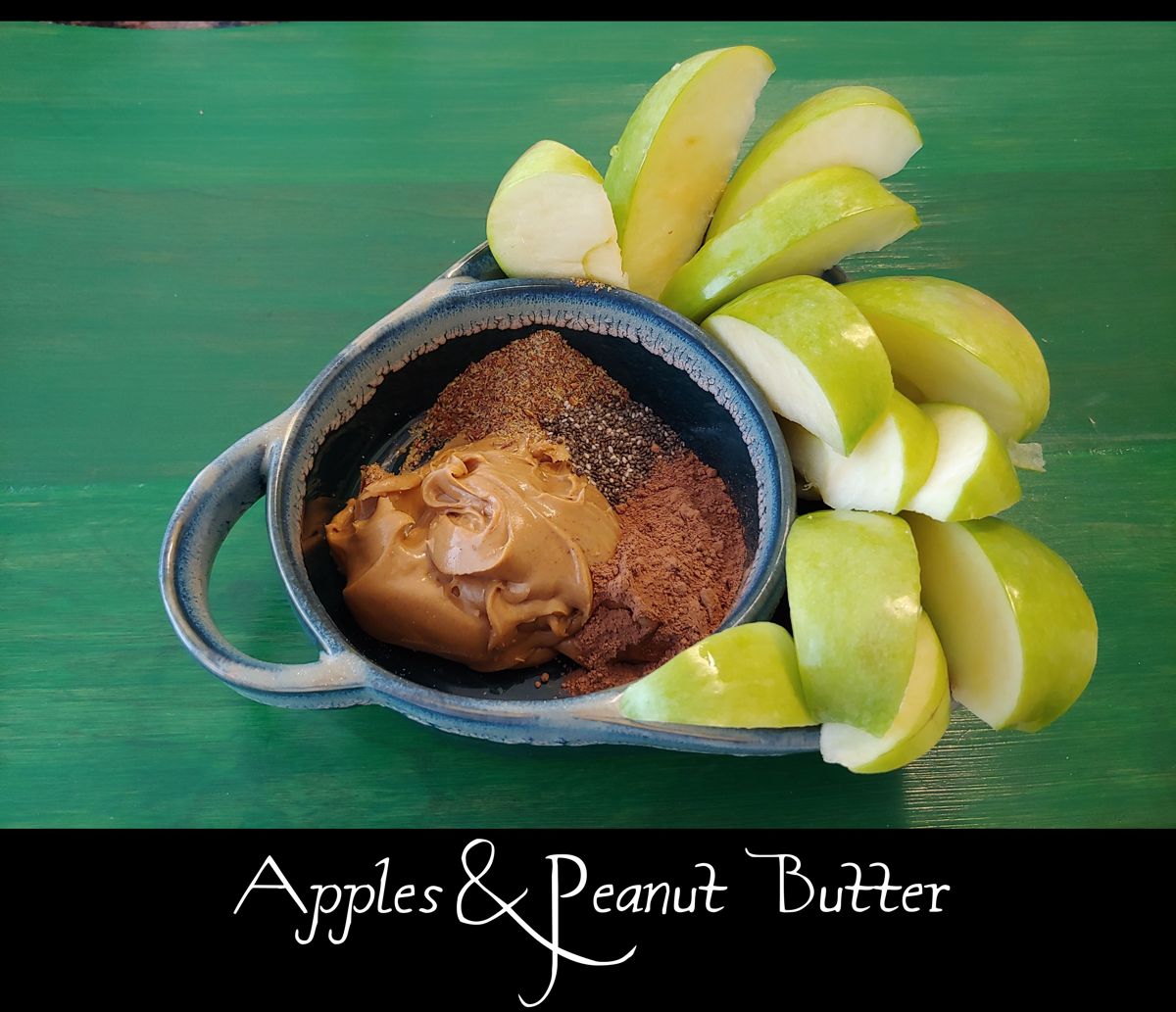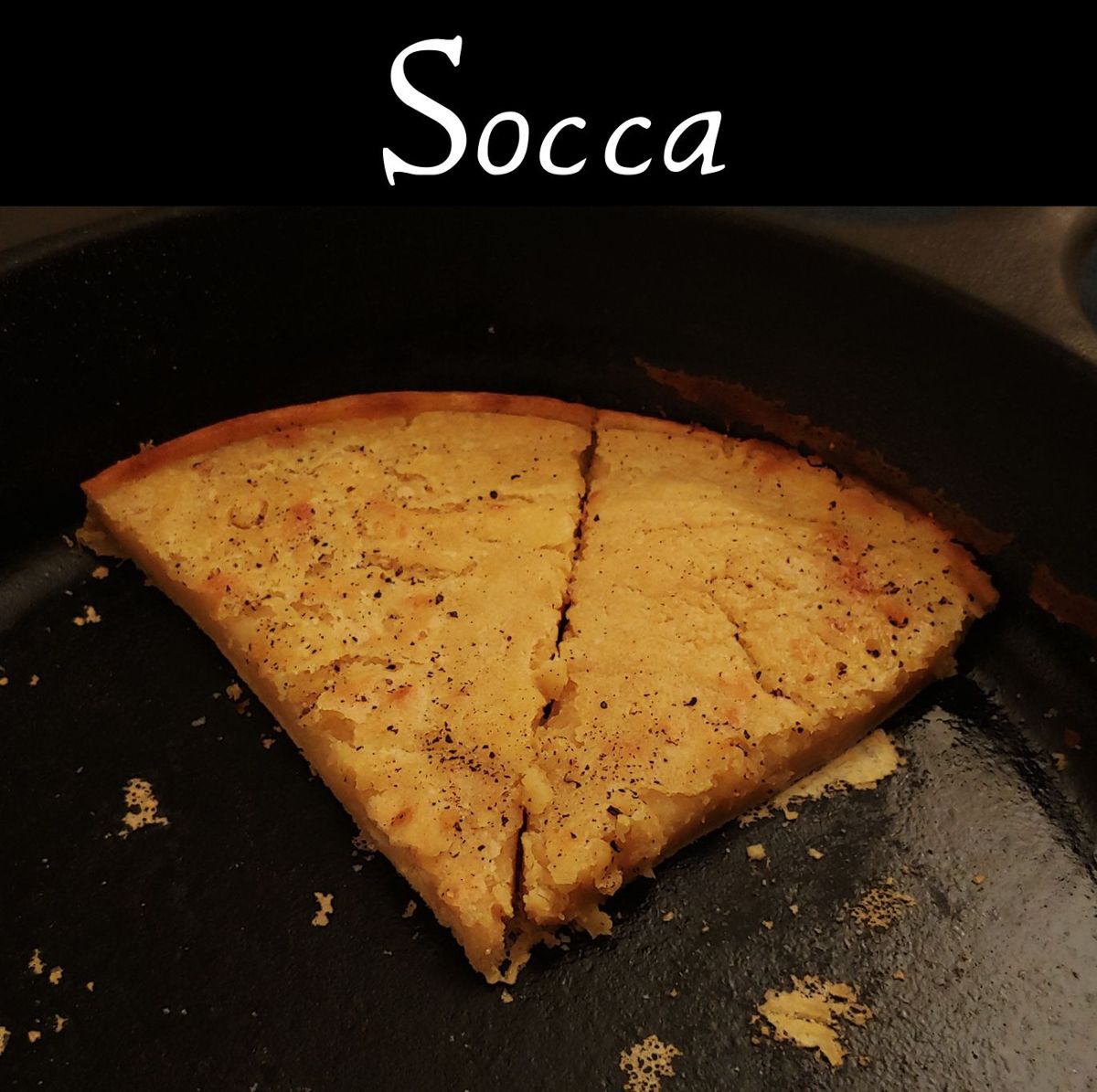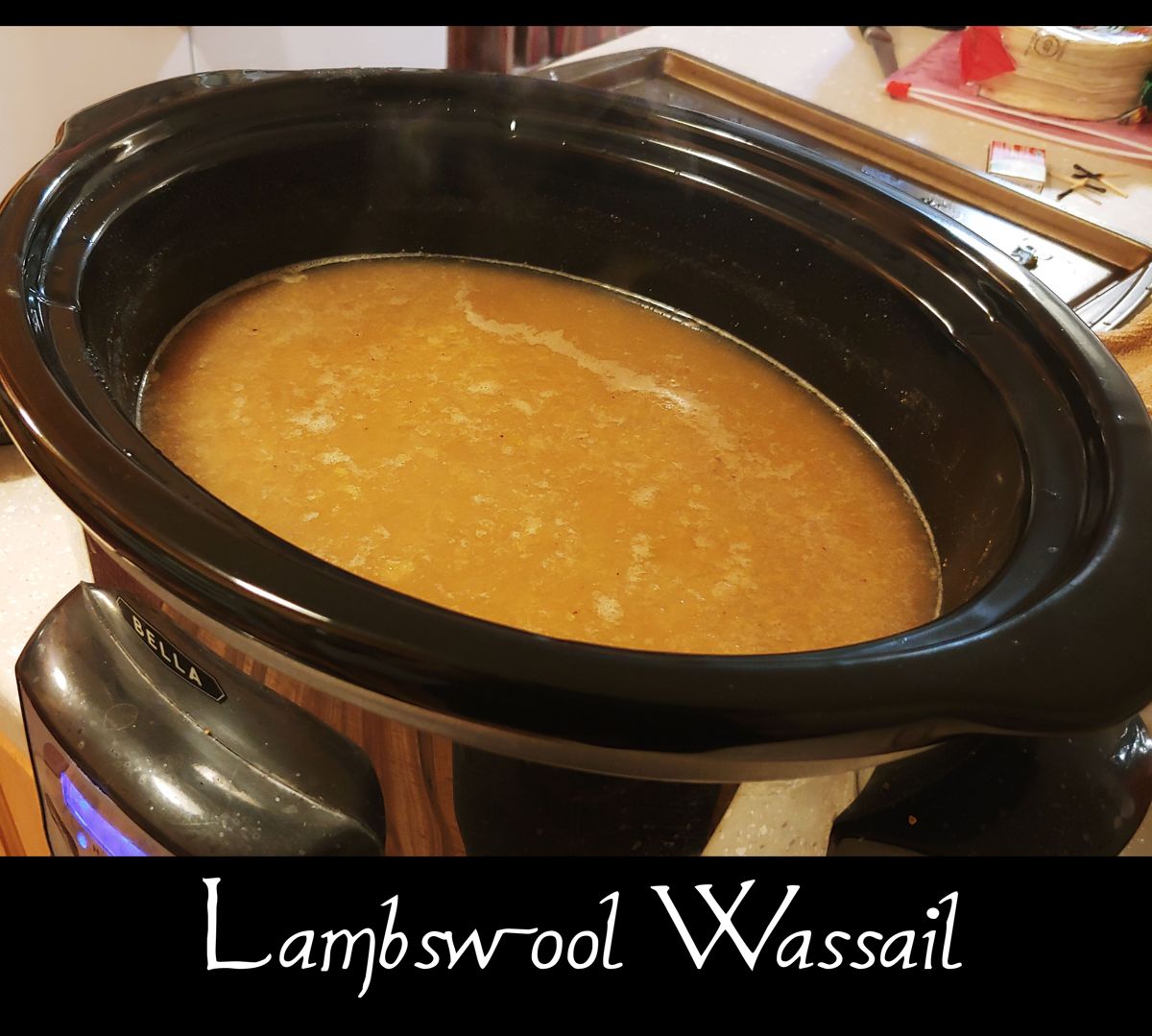
A sort-of medieval recipe, I haven't found a good primary source, only other people saying that it is medieval. A small verse:
Next crowne the bowle full of
With gentle lambs wooll,
Adde sugar, nutmeg, and ginger,
With a store of ale too,
And thus ye must doe
To make the Wassaile a swinger.
No reference was listed, and it sounds fake; but I haven't had time to investigate further. Anyway the recipe is unusual and delicous regardless of provenance.
3 liters of apple juice or cider (I did part unfiltered apple juice, part carbonated apple juice)
6 large apples
2 tsp ground nutmeg
1 tsp ground ginger
1 cup brown sugar
Preheat oven to 375° F. Cut the apples in half and cut out the cores. Place them in a cake pan and add about ½” of water. Roast the apples for 35-45 minutes, until they are mushy and the skin is peeling off.
Meanwhile, put the sugar in a pan and add enough juice to cover it. Heat over medium heat, stirring to dissolve the sugar. Stir in the nutmeg and ginger. Keep it over low heat.
Remove and discard the skin from the roasted apples. I found that different varieties of apple peeled differently, and some apple flesh needed to be scraped off the back of the pulled-off skin, but it wasn't difficult.
Puree the apple flesh in a food processor or blender until it is totally smooth like thick apple sauce. If using a blender, add enough juice to get it to blend, but not enough to really liquefy it. It needs to be thick and drier than usual applesauce.
Set a crock pot on high heat. Pour in the apple juice/cider and the sugar mix. Stir together. Then pour in the pureed apple. It should float to the top and resemble a wool fleece soaking in cider. Let it heat up to desired temperature, then set the crock pot to low or warm to maintain temperature for the duration of your winter feast.
#apple #applejuice #brownsugar #dairyfree #drink #fairyfeast #ginger #glutenfree #historical #nutmeg #slowcooker #vegan
